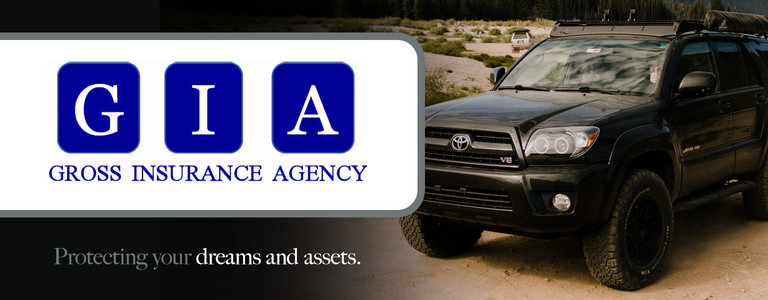 If you’ve ever shopped for tires, you know there’s no shortage of selection. How do you prioritize the options? Experts believe it really comes down to three factors: function, fit, and value.
If you’ve ever shopped for tires, you know there’s no shortage of selection. How do you prioritize the options? Experts believe it really comes down to three factors: function, fit, and value.
Function means you should take into account weather conditions, terrain, temperatures, etc. Most new vehicles come standard with all-season tires. This might not be ideal for more extreme climates. Winter tires, however, are made for handling snow and ice. They have a rubber compound that helps them have better traction as temperatures dip below 45 degrees Fahrenheit.
As for fit, you can’t go wrong with choosing tires in the same size as the factory default. If you want to go a different route, be sure to work with a professional that can make sure they are right for your vehicle. It’s also critical that important safety systems like anti-lock brakes, stability control and traction control aren’t negatively impacted by the new set.
Last, value does not equate to price. Don’t compromise your family’s safety to save a few bucks. Plus, sometimes you can take advantage of rebates or zero-percent financing to make the deal sweeter.
Knowledge is power, as they say. A little research can save you some headache in the end.







